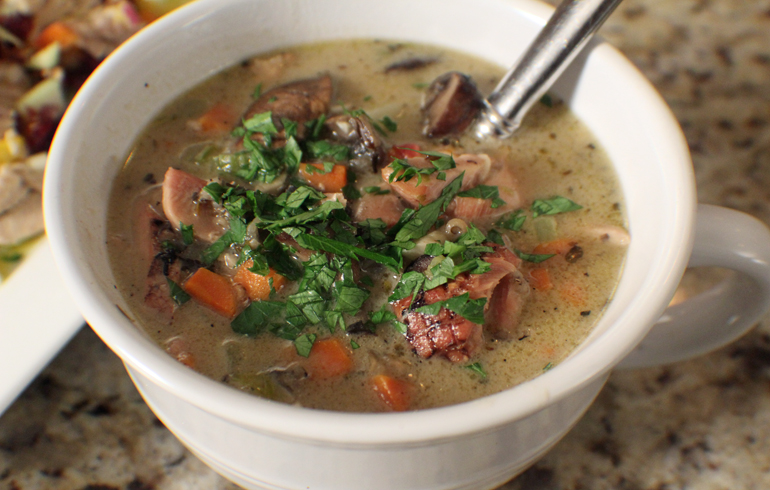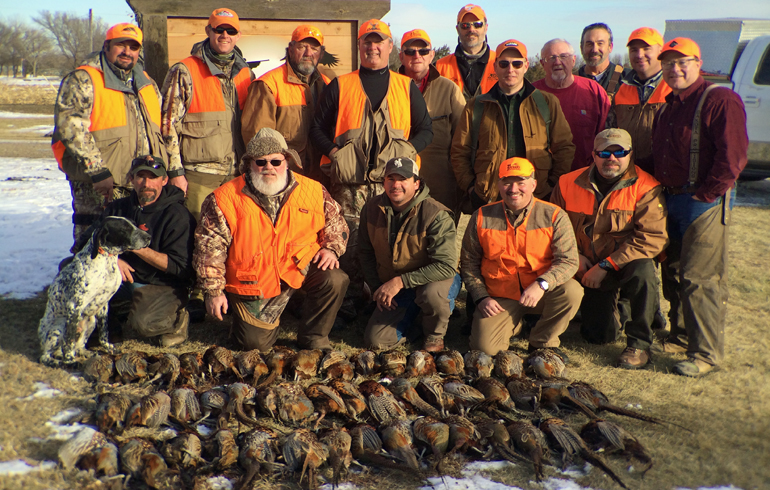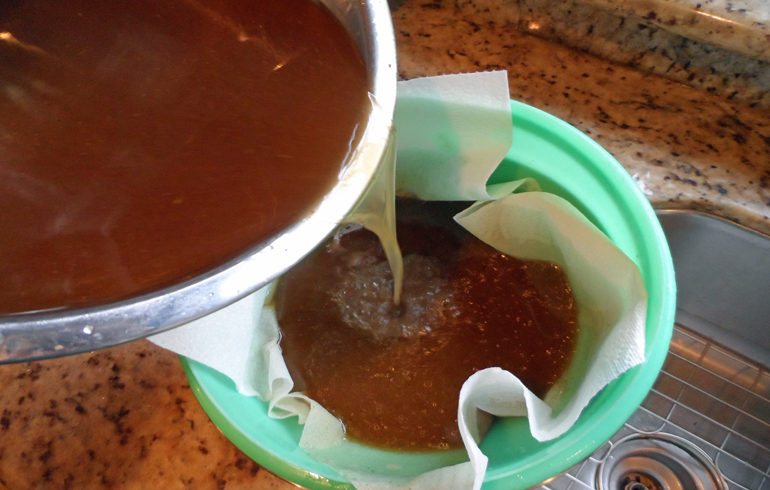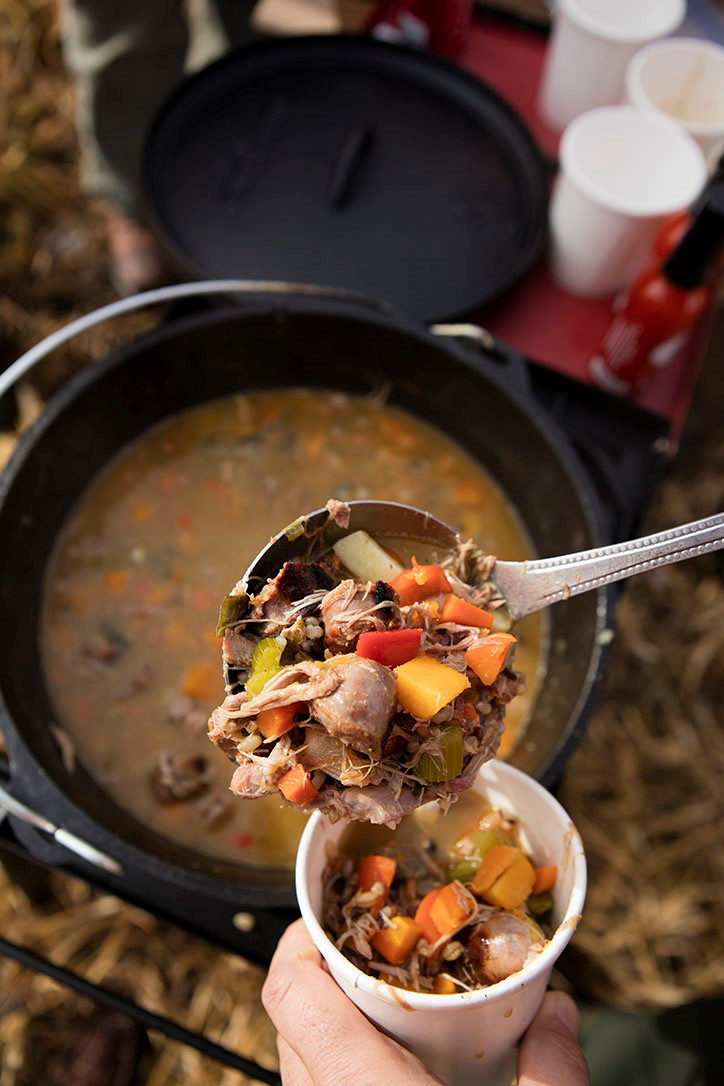Bird Leg Stew – Surprisingly Good!
If you are among the many who remove the breasts from game birds and throw the rest in the trash, I’m not sure you understand just what you’re missing.
Perhaps you may have learned that the legs and thighs from pheasants and turkeys are tough, sinewy and unfit for table fare. In some respect, you’re right, but it is probably because you cooked whole birds and discovered that, if the breasts are just cooked and not overcooked, the other parts aren’t fit to eat.

As with just about any critter, some body parts are more tender and others more tough. But they’re all good, I mean really good, when cooked properly.

If you cut up a couple of pheasants and stick the parts in a slow-cooker with some vegetables and a can of cream of mushroom soup, you’ll eventually wind up with tender and moist pheasant that tastes just like salty canned cream of mushroom soup. Perhaps you’ve experienced just how dry upland birds can be when they’ve been cooked too long. A wild turkey breast that has been cooked properly isn’t tough or dry at all. Breast fillets cook quickly. The other parts take time. Here’s my favorite way to make use of the parts of upland birds less eaten.
The Braise
Braising is much the same process that most people use with their slow-cookers. Tough cuts are first browned before slowing simmering in a shallow pool of flavorful liquid in a covered container. This is a great way to turn pheasant legs and thighs into tender vittles. After several hours in a low-temperature oven, otherwise tough muscles can be easily pulled away from the bones. Best of all, braising can be done well in advance and in mass quantities. Save the legs and carcasses in the freezer until and braise them all at once.
Brown pheasant legs in a large lightly-oiled, heavy-duty, oven-safe stock pot. Add diced onion, celery and carrot. Continue the browning process until onions are translucent. Remove pheasant legs. Add about 1-inch of liquid – wine, broth, water or a combination – and stir to deglaze bits stuck to the pot. Return browned pheasant legs to the pot, cover and place in a 325-degree oven, making sure that there is always at least 3/4 to 1-inch of liquid in the pot. After 3 hours, test for doneness. Meat will fall off the bones when done. Cool and remove braised meat.
The Stock
Return picked leg and thigh bones to the braising pot. Add additional celery, carrots, onions, along with a few garlic cloves, a bay leaf or two and, if available, a few sprigs of fresh herbs. Cover the contents of the pot with cold water. Bring to a low boil, then reduce heat to low and simmer, uncovered, for several hours. Pour contents of pot through a colander to remove large pieces. Discard contents of colander, line colander with cheesecloth or paper towels and pour liquid through colander to clarify stock.

The Stew
Any recipe for a stew should be used as an outline, a starting point from which you simmer a palatable blend of protein, vegetables and stock. Adding a starchy component like potatoes or rice will add body to an otherwise brothy pot of stew.

Pheasant Leg Stew
8 – 10 servings
1/2 cup butter
1 cup carrot, peeled and diced
1 cup celery, diced
1 cup yellow onion, diced
3 garlic cloves, minced
1/2 cup flour
5 cups pheasant or chicken stock
2 cups mushrooms, thinly sliced
2 cups whole milk (Optional. If omitted, add an additional 2 cups stock)
1 cup cooked wild rice
3 cups cooked pheasant, shredded
salt and pepper
- Melt half of the butter in a large stockpot over medium heat. Add next 4 ingredients and cook until onions are translucent.
- Add remaining butter. When butter is melted, sprinkle flour over vegetables and stir often for 3 minutes. Stir in 1/2 cup pheasant or chicken stock and continue stirring until smooth. Add remaining stock, a little at a time, while stirring.
- Add mushrooms and milk (if you want it a little creamy), bring to a boil and simmer for 10 minutes. Stir in rice and shredded pheasant to warm. Season to taste with salt and pepper.




